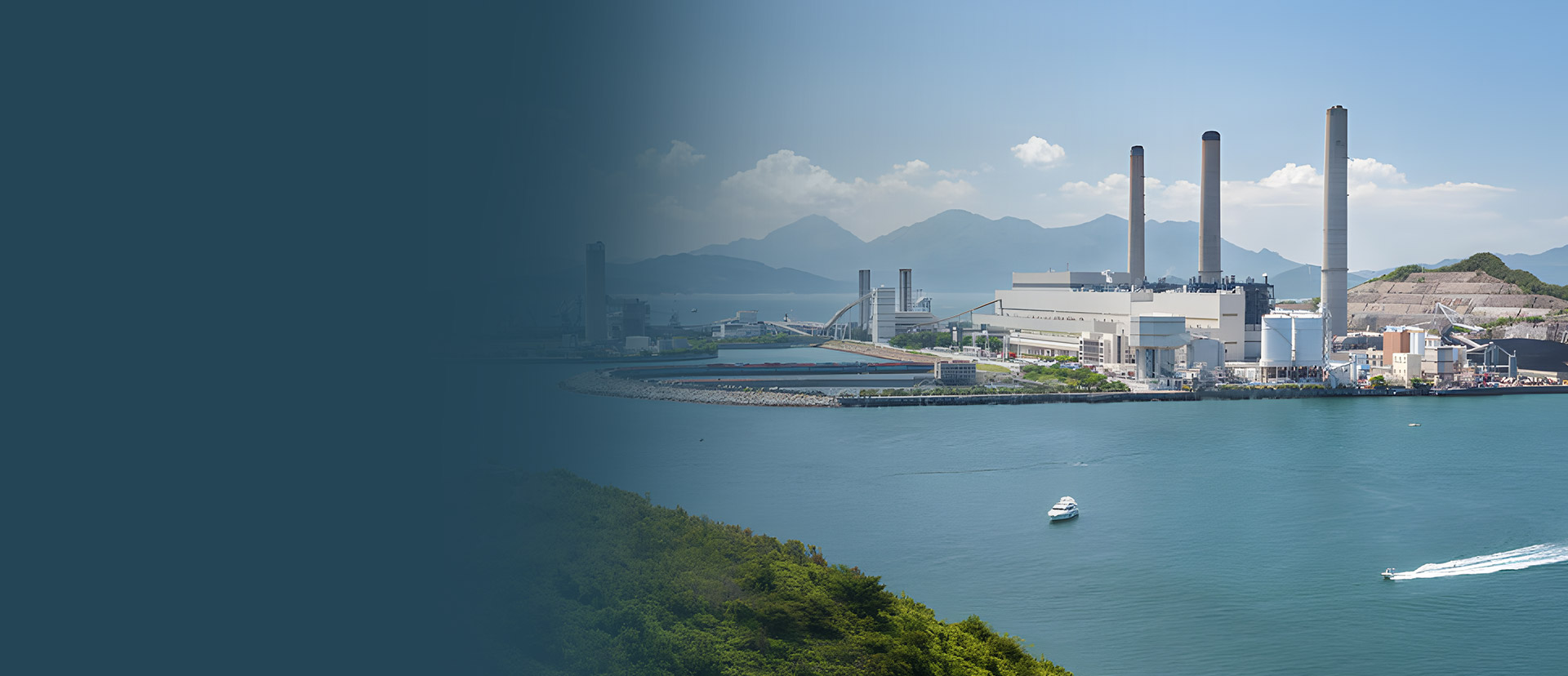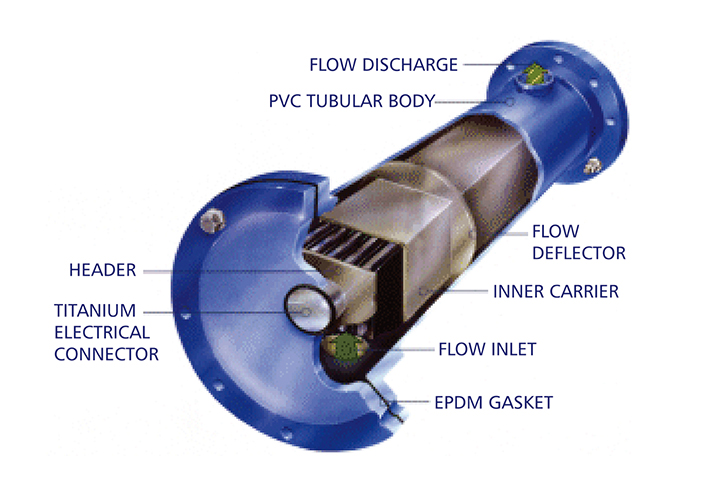Discharge of ships' ballast water can cause the breeding of harmful aquatic organisms and the spread of pathogens, as well as triggering the invasion of xenobiotics, thus destroying the marine ecological balance. The International Maritime Organisation (IMO) has formulated and ratified the Ballast Water Management Convention, which requires ships' ballast water to be effectively treated before discharge.
Compared with UV technology, electrochlorination technology has become the mainstream technology for ballast water treatment due to its wide applicability, large treatment capacity and low energy consumption.





